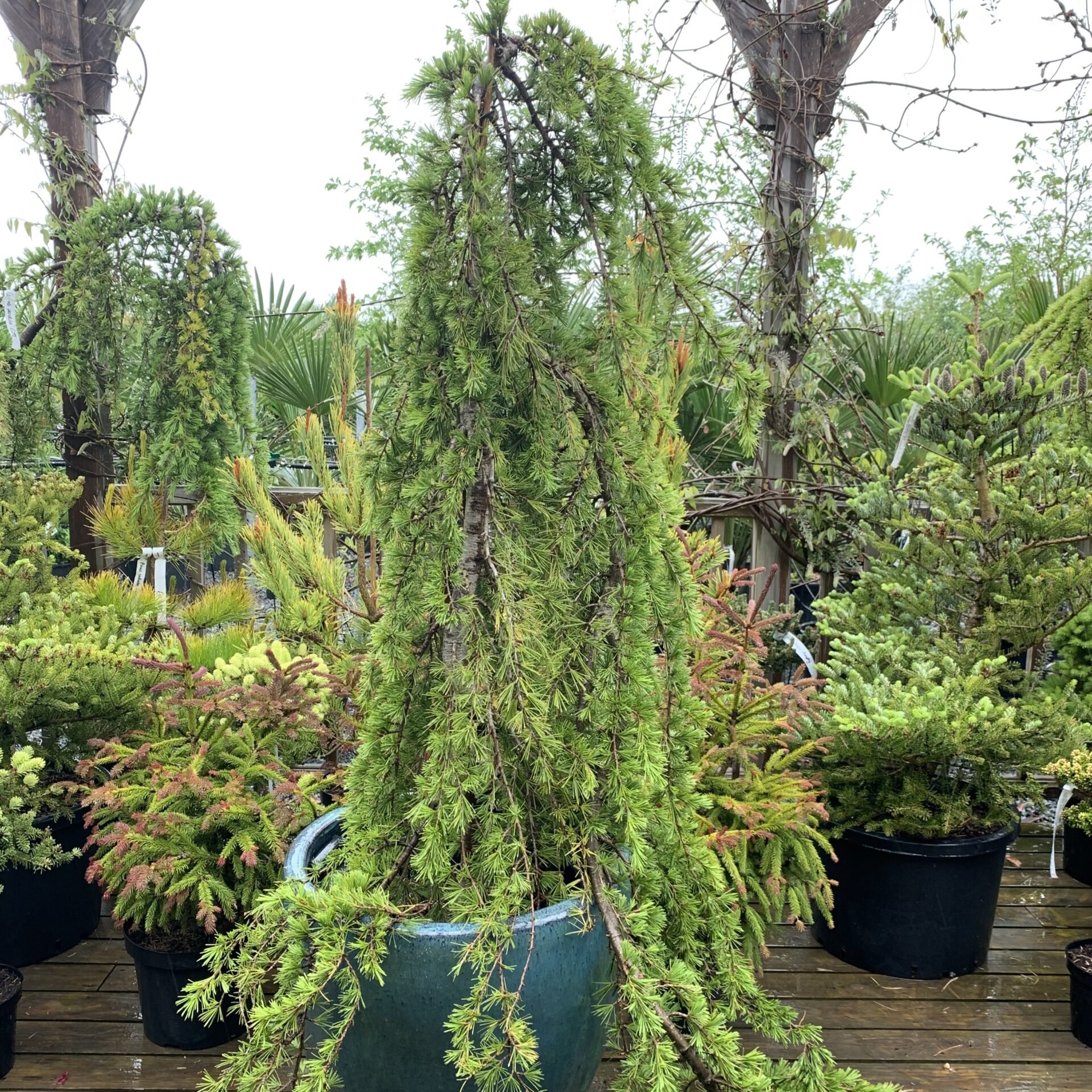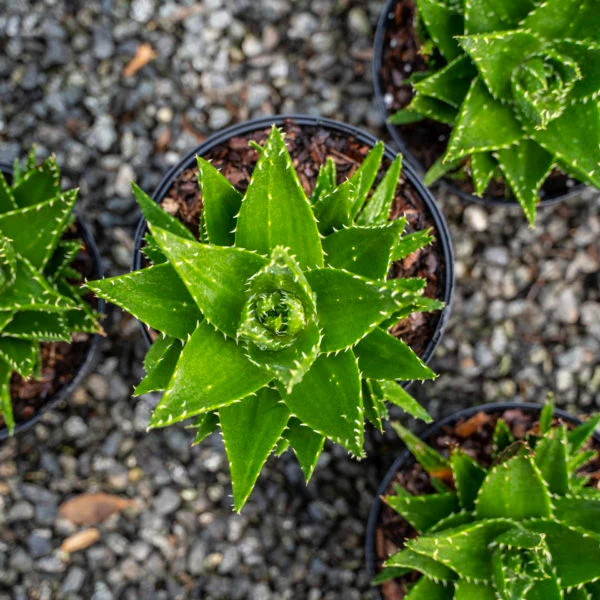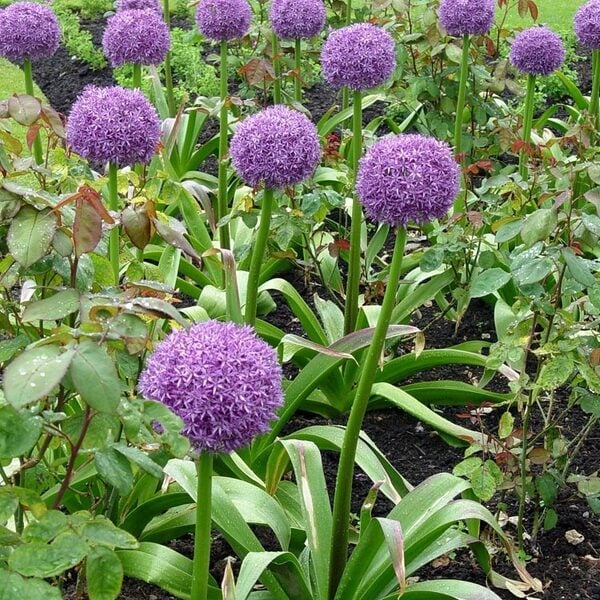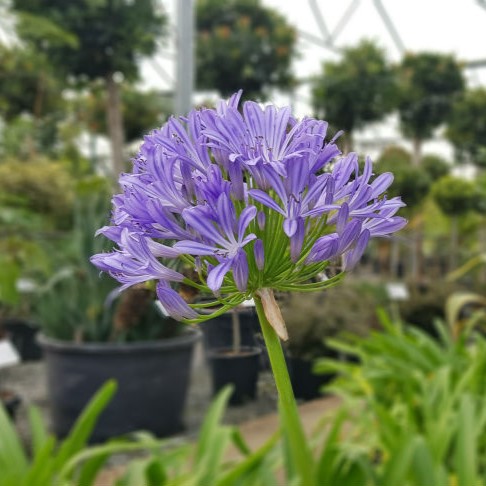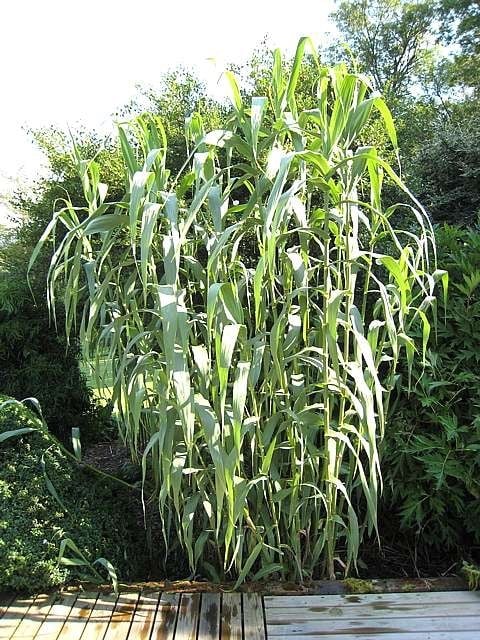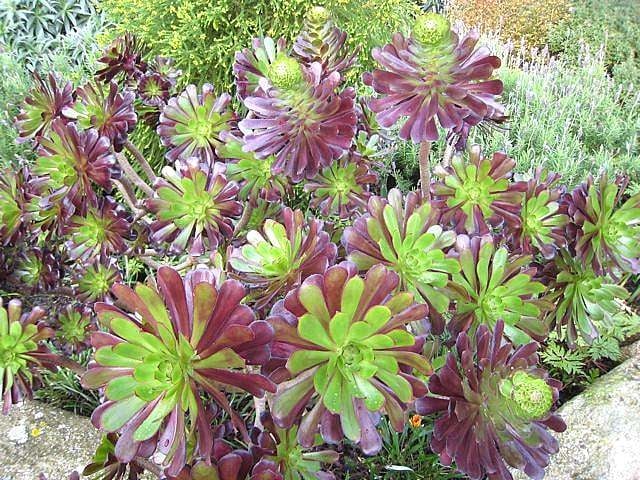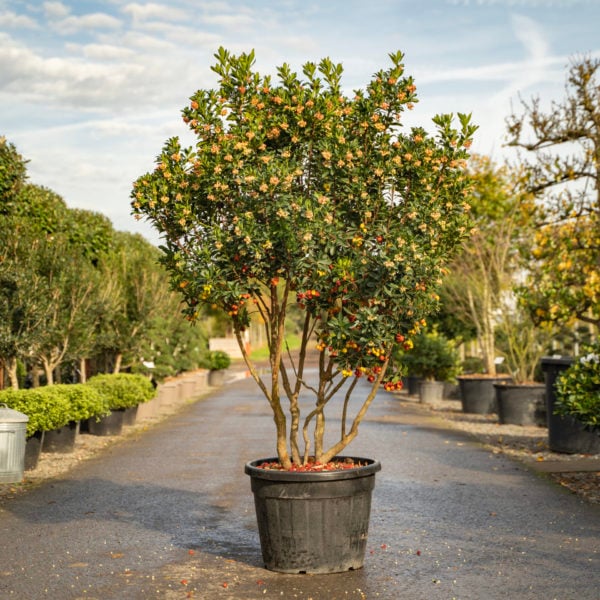Cedrus Deodara
In 50 years time it will be a stunning broad headed tree, 30m tall with dark greeny, bluey foliage. Please contact us for stock availability and sizes.
Seriously big, but deeply graceful nonetheless. Cedrus deodara grows in a loosely pyramidal form to begin with, before spreading elegantly as it matures (don’t we all?)
Plant this one in your park or big garden. And we do mean a big garden. In 50 years time, it will be a stunning broad-headed tree, up to 30m tall and with darkly greeny-blue foliage. Pretty cones will form among the needles once the tree has a few years under its belt, too. Plant one now: your grandchildren will thank you.
If you’re ever at a loss identifying the various Cedars, look to the boughs and remember this: branches on C. atlantica go aloft, C. libani are level, and C. deodara swoop gently down.
Originating in the high-altitude Himalayas, it grows best in the cooler, wetter part of the UK. This stately soul can deal with as much sun and wind as you can give it, but is a clean-living tree and not so good in salty or polluted environments. Soils should be moist but well drained and loamy or sandy, but not chalky. Like other Cedrus, it will struggle in soils tending toward a high pH.
N.B. When clipping several plants with the same tool, have a bucket containing a 5% bleach solution and swish your blades around for 30 seconds between plants to sterilise them. This will help avoid the chance of cross contamination of disease.
As with all woody plants, plant high, exposing as much of the taper at the base of the trunk as possible. Allowing soil to accumulate round the base of a tree can be fatal. Keep very well watered when first planted.
Additional Information |
|
|---|---|
| Features | |
| Light | |
| Plant Type | |
| Situation | Exposed (To wind and sun), Mild City Gardens, Sheltered Garden |
| Specialist Plants | |
| Tree Size | |
| Soil Type | |
| Continent of Origin | |





